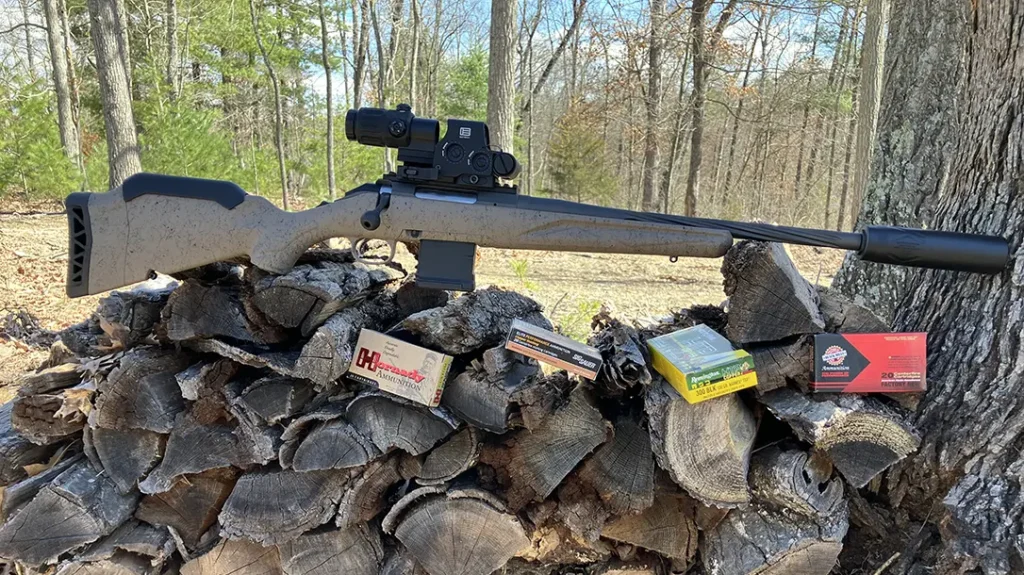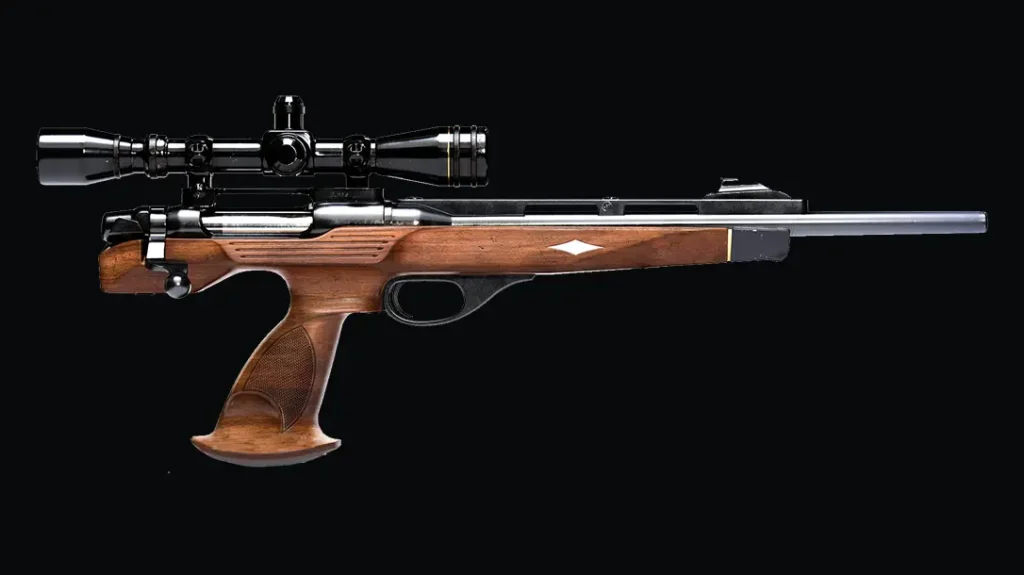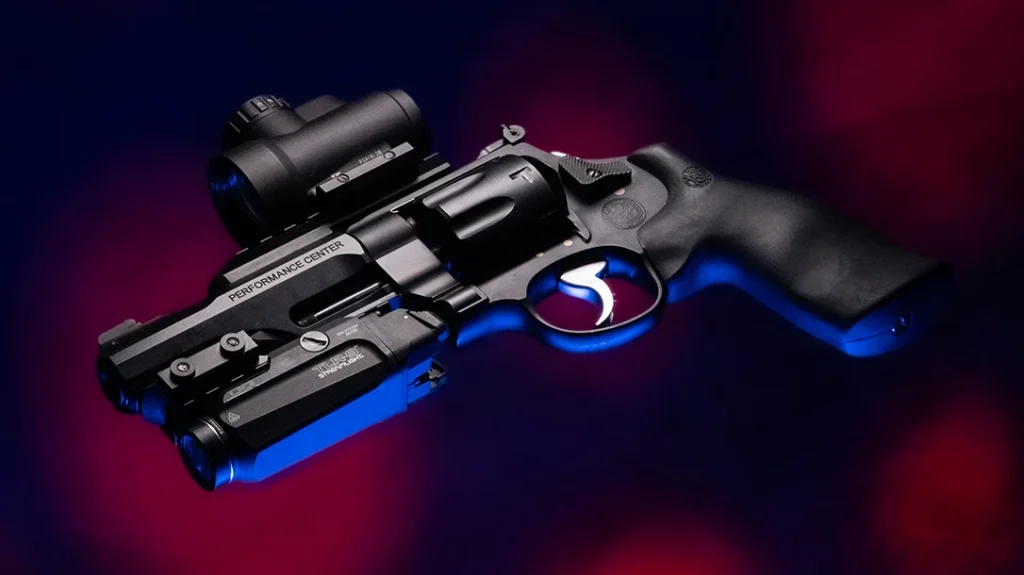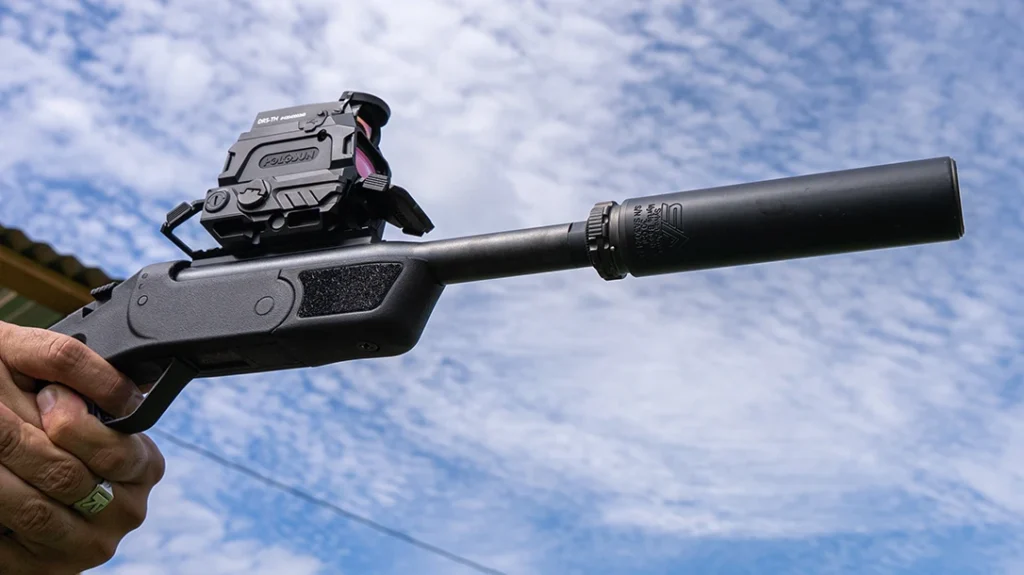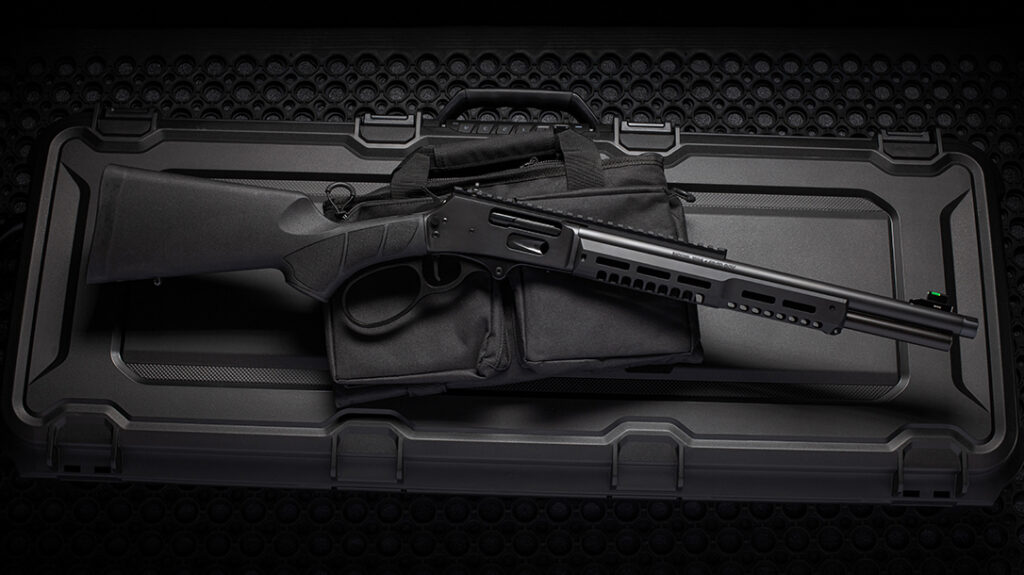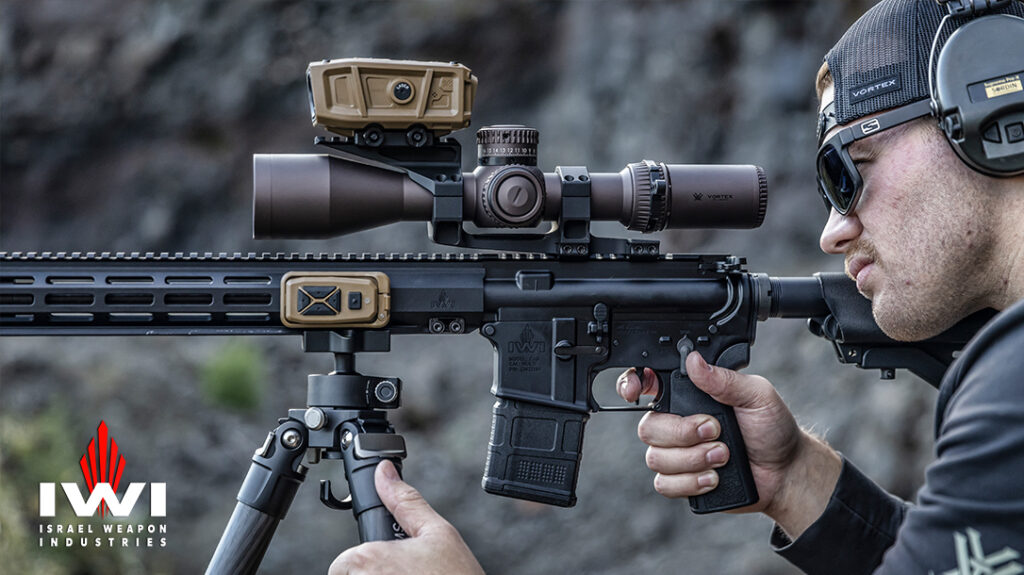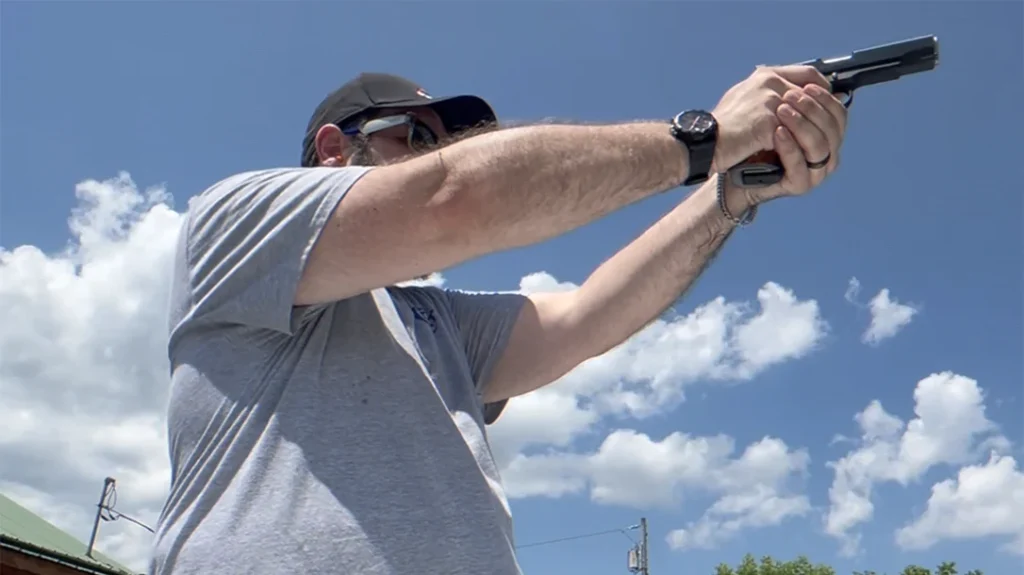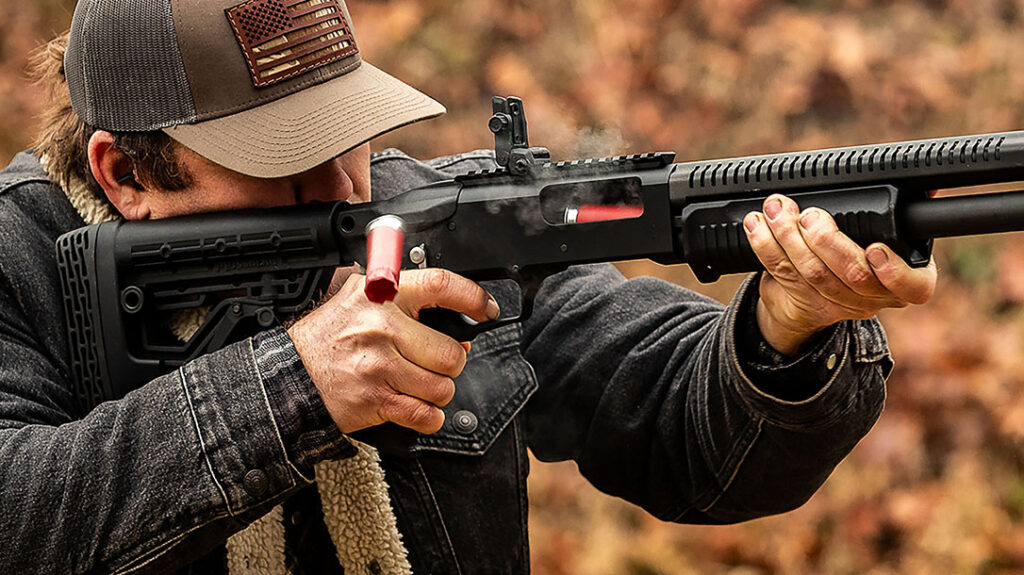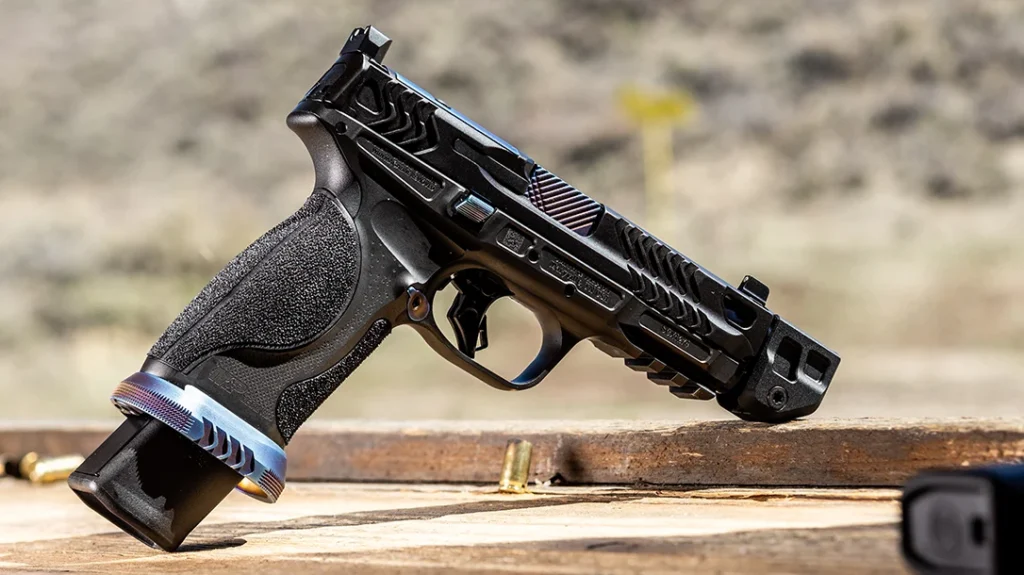Over the past few years, there’s been a noticeable resurgence of interest in analog firearms. Especially those featuring a high power factor and lower capacity. And Revolvers are at the heart of that conversation. These guns have been trusted for over a century as reliable, accurate, and undeniably attractive tools of self-defense. It’s no wonder so many people are deciding to adopt a “wheelgun” as their self-defense platform. But before choosing your first revolver, you should know what to look for.
Choosing Your First Revolver
If you’re just getting into revolvers, the sheer variety can feel overwhelming. Unlike autoloaders, revolvers come with a unique set of considerations. This includes frame sizes, calibers, action types, and even the subtle differences in how they handle.
This guide will walk you through the essentials of choosing your first revolver, especially if you’re looking for a reliable self-defense or home-defense option.
Advertisement — Continue Reading Below
Why a Wheelgun?
So, what makes revolvers so appealing to newcomers and experienced shooters alike? First off, it’s their rugged reliability. Revolvers have a reputation for functioning in all conditions.
They don’t rely on magazines or complicated mechanisms to cycle. Instead, a simple trigger pull rotates the cylinder and fires a round. Even when exposed to mud, dust, or neglect, a revolver will almost always go bang.

Advertisement — Continue Reading Below
Another attractive feature is their power factor. While semi-automatics are limited to certain calibers for practical use, revolvers can handle powerful cartridges like .357 Magnum, .44 Magnum, and even specialty loads designed for hunting. Their capacity might be lower, but each shot can deliver significant power on a target.
Perhaps most importantly, revolvers are more versatile than many people realize. Because of their natural curves and organic shapes, they often conceal better than you might expect, even outside the waistband. This makes them an excellent choice for daily concealed carry.
Revolver Application
The first step in choosing your revolver is identifying why you want one. Is this going to be your go-to self-defense firearm? Something for home defense? Or maybe a reliable range companion? Revolvers are versatile, but you need to match the right tool to the job.
Advertisement — Continue Reading Below

For this discussion, we’ll focus on Self and Home Defense. However, range, recreational shooting, and hunting are other big categories where revolvers excel. When you understand your application, you can better assess what features matter most.
Single-Action vs. Double-Action
When you start shopping for your first revolver, you’re likely to encounter terms like Single-Action (SA) and Double-Action (DA). Understanding the difference is essential.
Advertisement — Continue Reading Below
Single-Action revolvers require you to manually cock the hammer before each shot. Once cocked, the trigger pull is incredibly light and short, making it easy to shoot accurately. But it’s not ideal for defensive situations requiring quick follow-up shots. These models are more often associated with recreational shooting or hunting.

Double-Action revolvers allow you to simply pull the trigger, which both cocks and releases the hammer in one motion. This makes the trigger pull heavier and longer, but also much simpler and quicker to operate. Many revolvers sold for defensive purposes are Double-Action Only (DAO). This means there’s no external hammer to cock, enhancing safety during high-stress encounters.
Advertisement — Continue Reading Below
Learning to shoot well with a DAO revolver takes time and practice. But the payoff is enormous. Training in Double-Action improves your skills with revolvers and translates into better trigger control across all firearms and platforms.
Considerations of Caliber
Now, let’s talk about calibers. The most popular revolver calibers for self-defense are .38 Special and .357 Magnum. But Revolvers can also chamber auto-loading or rimless cartridges, like 9mm and .45 ACP. Each has its own strengths.
.38 Special and .38+P are time-tested rounds known for their manageable recoil and solid power when loaded with defensive ammunition. They’re especially common in smaller, lightweight revolvers meant for concealed carry.
Advertisement — Continue Reading Below
.357 Magnum, while the same diameter as .38 Special, offers far more power. Revolvers chambered for .357 Magnum can also fire .38 Special and .38 Special +P, giving you versatility in training and defensive options. For example, the Smith & Wesson Model 19 is a classic choice that allows you to shoot both rounds, making it a fantastic all-around performer.
9mm revolvers are gaining popularity because they offer inexpensive ammunition, lower recoil than magnum calibers, and good defensive performance. Models like the Taurus 692 even allow you to switch cylinders to fire both .357/.38 and 9mm, offering exceptional versatility.

Advertisement — Continue Reading Below
Weight and Handling
One of the biggest differences between revolvers and semi-autos is weight. Revolvers can be deceptively heavy, especially those designed to handle powerful cartridges. A heavy gun will generally feel softer to shoot, soaking up recoil more effectively. However, too much weight can feel cumbersome during long practice sessions or when you need to make fast follow-up shots.
On the other end of the spectrum, ultra-lightweight models like the Smith & Wesson 340PD offer incredible portability but can be quite snappy with heavy loads. Balancing weight and power is critical.
Customization and Versatility
Revolvers offer customization options that are not always available in autoloaders. Many allow for easy grip replacement, making it possible to find a grip that perfectly fits your hand and your carry setup.
Advertisement — Continue Reading Below
Some models also come with swappable front and rear sights. So, you can tailor the revolver’s sight picture to your needs. Be aware to observe the sight picture and make sure you get a clear picture.
Consider the Kimber K6XS, which offers a lightweight aluminum frame and fixed sights. While it’s primarily designed for concealed carry, aftermarket grips allow you to adjust its fit for better control and comfort.

Revolvers offer impressive ammunition flexibility, especially when it comes to handling various pressure loads. Most revolvers chambered for high-pressure cartridges can also fire lower-pressure alternatives. This makes them versatile and practical for extended range sessions.
For instance, a .44 Magnum revolver can easily be loaded with .44 Special for training, offering reduced recoil and lower cost. Similarly, a .357 Magnum revolver, such as the Smith & Wesson Model 19, can fire .38 Special or .38 Special +P, making it ideal for both self-defense practice and leisurely range days.
Additionally, certain revolvers, like the Smith & Wesson Model 25, can be configured to fire both .45 Colt and .45 ACP with the proper cylinder work or moon clips. This ability to shoot multiple cartridges from the same firearm adds a significant layer of versatility, whether you’re aiming for low-recoil practice or full-power defensive loads.
Practice, Practice, Practice

If you’re choosing a revolver for self-defense, you should train with Double-Action Only shooting. This type of training emphasizes deliberate trigger control and follow-through, which will make you a better shooter across the board. Dry firing, using snap caps, and practicing controlled, rapid shots at the range will help you build confidence and skill.
Don’t practice to get it right—practice until you can’t get it wrong.
Identify What You Need from Your First Revolver
Choosing your first revolver doesn’t have to be a daunting process. It’s all about identifying your needs and understanding how the gun’s features serve those purposes. Once you find the right fit, you’ll quickly appreciate why revolvers remain one of the most trusted tools for self-defense.
And don’t worry—once you catch the revolver bug, it’s only a matter of time before you find yourself eyeing your second or third model.
Take your time, make an informed choice, and above all, shoot safe.


